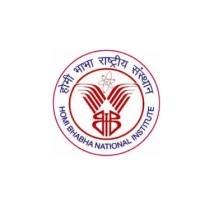Conformal properties of soft-operators. Part II. Use of null-states

Abstract:
Representations of the (Lorentz) conformal group with the soft operators as highest weight vectors have two universal properties, which we clearly state in this paper. Given a soft operator with a certain dimension and spin, the first property is about the existence of “(large) gauge transformation” that acts on the soft operator. The second property is the decoupling of (large) gauge-invariant null-states of the soft operators from the S-matrix elements. In each case, the decoupling equation has the form of zero field-strength condition with the soft operator as the (gauge) potential. Null-state decoupling effectively reduces the number of polarisation states of the soft particle and is crucial in deriving soft-theorems from the Ward identities of asymptotic symmetries. To the best of our understanding, these properties are not directly related to the Lorentz invariance of the S-matrix or the existence of asymptotic symmetries. We also verify that the results obtained from the decoupling of null-states are consistent with the leading and subleading soft-theorems with finite energy massive and massless particles in the external legs. Read More
Publication: Journal of High Energy Physics
Publisher: Springer Link
Authors: Shamik Banerjee & Pranjal Pandey
Keywords: Scattering Amplitudes, Space-Time Symmetries
Meet one of the Author:
Affiliations:
Stay In the Know
Get Latest updates and industry insights every month.


